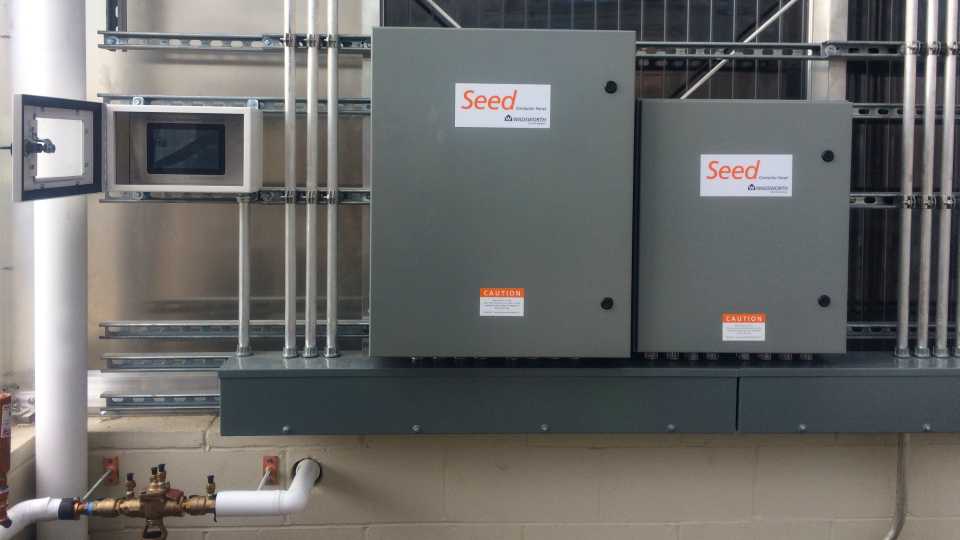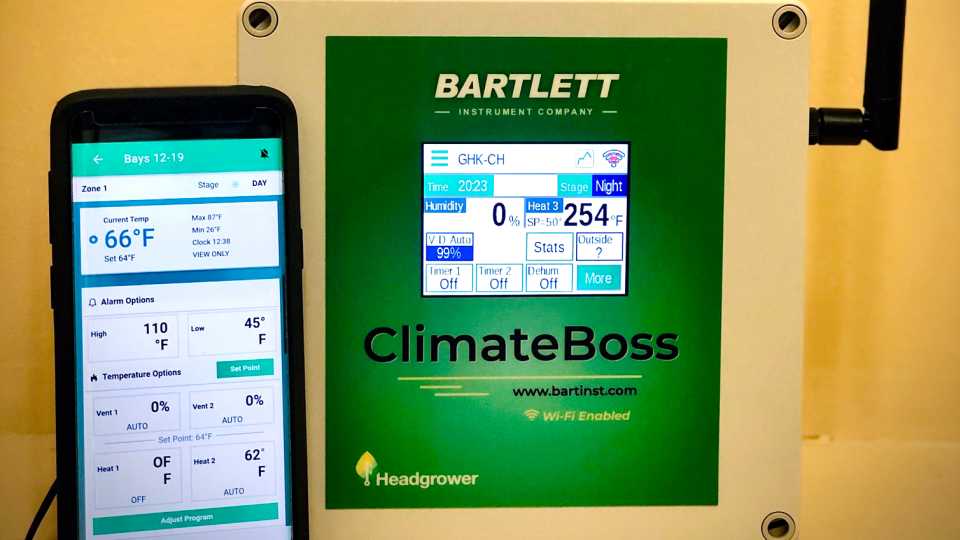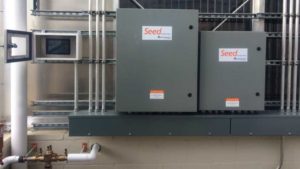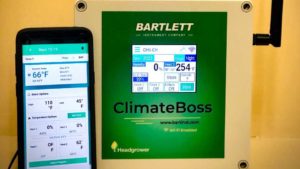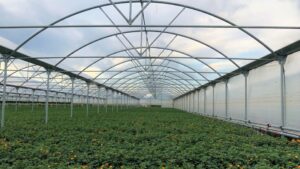How Environmental Controls Suppliers Are Addressing Concerns in the Greenhouse
When it comes to environmental controls in the greenhouse today, sophistication is the name of the game. Recent surveys conducted by Greenhouse Grower show environmental control upgrades are among the top categories that growers of all sizes are investing in.
It’s no surprise this is the case, considering the wide range of tools — many of them dual-purpose — now available to the industry.
How Growers’ Needs Are Evolving
According to Patricia Dean, CEO of Wadsworth Control Systems, many growers today are looking to acquire more data from their sensors.
“More growers are linking irrigation with their greenhouse controls and using moisture sensors or other methods to trigger watering based on what the sensor is telling them,” Dean says.
Even more so, growers are also looking to tie their environmental controls into their lighting systems.
“If you are using dimmable lights, you can automatically dim the lights down or off if the sun is providing what the plant needs,” Dean says. “This is a huge savings, since not only do the lights put off a lot of heat, but they also use a lot of power. This saves on lighting power consumption and not using your cooling as often.”
Steve Isaacson, Technical Service Specialist at Bartlett Instrument Co., says most upgrades in environmental controls technology are designed to make it WiFi and touch screen enabled, so you can have instant access to more data.
“Providing growers with immediate access to their data allows them to plan, predict, and be in control for the future,” Isaacson says.
Ease of Use Is Critical
On the technology developer side, manufacturers are constantly focused on addressing your ongoing needs and concerns, of which Dean says there are several. For example, controllers need to be easy to use, but powerful.
“We’re often training new growers several times a year, which means the training needs to be simple,” Dean says. This often involves paying for the control company’s experts to do on-site or remote training for the end users.
“We typically need to be on-site at the start of a project to help ensure the electrician did their work properly,” Dean says. “Unfortunately, it is pretty rare that we find projects where everything is properly connected, despite what we feel are very detailed drawings and perhaps time spent with our free technical support.”
Utility consumption is also becoming a big concern, Dean says. With Wadsworth’s graphing, the company can plot the sensors, set points, and equipment on/off times. This becomes a big help for adjusting the equipment to optimize the climate and save on utilities.
Other concerns Dean notes include:
- Upgrading controls to improve the return on investment of curtains through better management via controls
- Apps: remote access via computers, tablets, and smart phones, even on lower-end controls.
Quick Climate Control
For those of you using individual thermostats to control equipment in your greenhouses, one of the biggest issues is heating and cooling at the same time, which contributes to raising energy costs.
“Growers are wanting something that won’t break the bank but will get them to the next step above a thermostat,” Isaacson says.
Automating this process can relieve the stress of having to go into each house to check the system. Isaacson points to Bartlett’s communication software and Headgrower App as tools that will send alarms to your mobile device if there is a problem.
Of course, for just about any grower, innovations that can ease labor concerns — and address climate change issues — are critical.
“As technology advances, we are automating more of the tools inside the greenhouse,” says Tanner Allen, Product Development Manager at Westerlay Orchids in Carpinteria, CA. “With the continually shrinking availability of greenhouse labor and constant change of our environment due to climate change, the technology we see as luxury now will be a necessity in 20 years.”
Trym Software
Traditionally, cannabis growers have used environmental controls as isolated systems. However, Trym, a Novato, CA-based cannabis farm management and compliance software company, has developed tools that allow you to track and link environmental conditions to each batch of plants. In doing so, Trym software enables you to see the cause-and-effect relationship between your grow conditions and resulting yields.
“We know how important environmental data is to running a cultivation business, as well as to our analytics,” says Matt Mayberry, CEO of Trym. “With our IoT integration system, we’re able to execute new hardware integrations in hours rather than weeks, providing growers the freedom to select the systems that make the most sense for their businesses.”
Thanks to a new partnership, Trym can now monitor and link Argus and TrolMaster sensor data, like temperature, humidity, and CO2, to the plant batches grown in their respective rooms or zones. In addition to environmental monitoring, cultivators can schedule employee tasks, like planting, feeding, and harvesting, and review harvest analytics. This creates a customized and compliant system for cultivators to optimize and scale their business operations.




